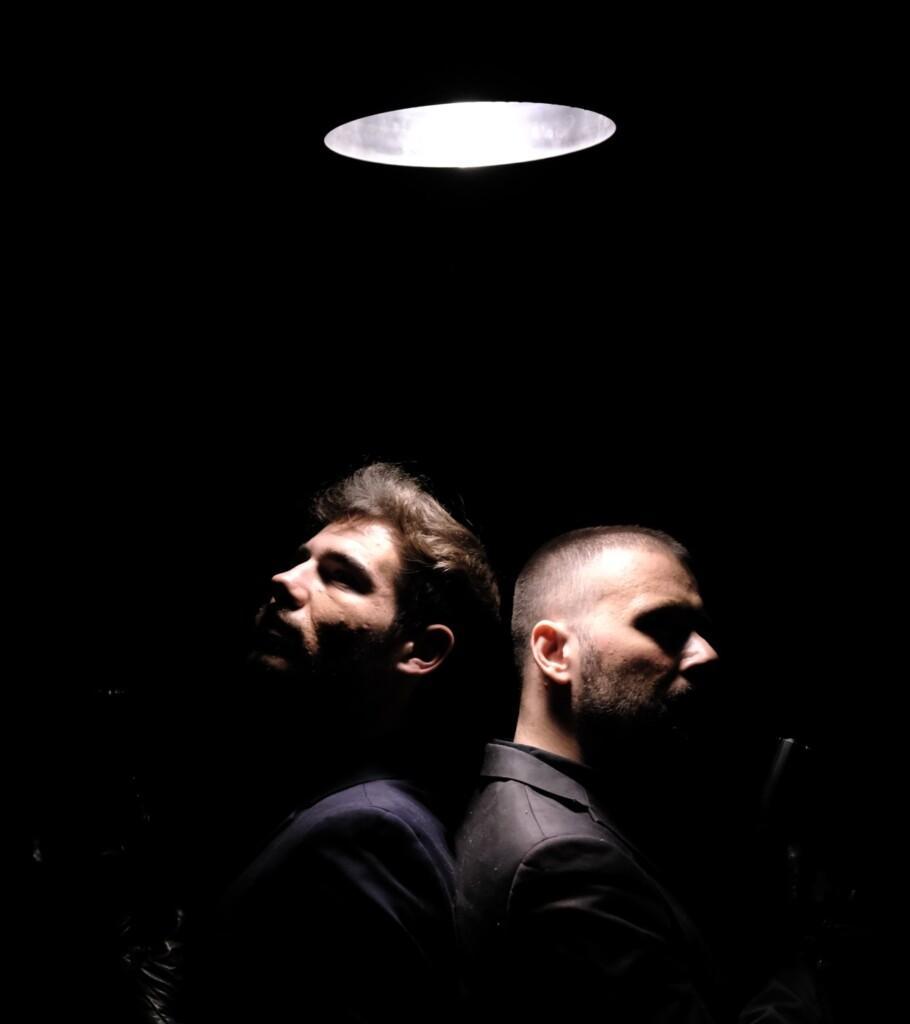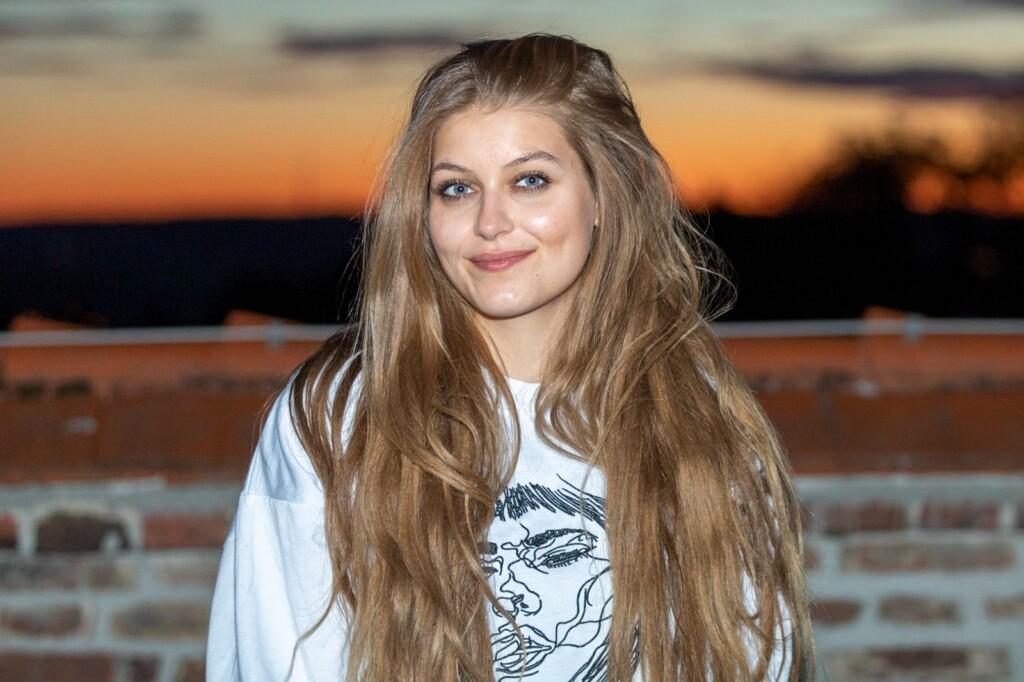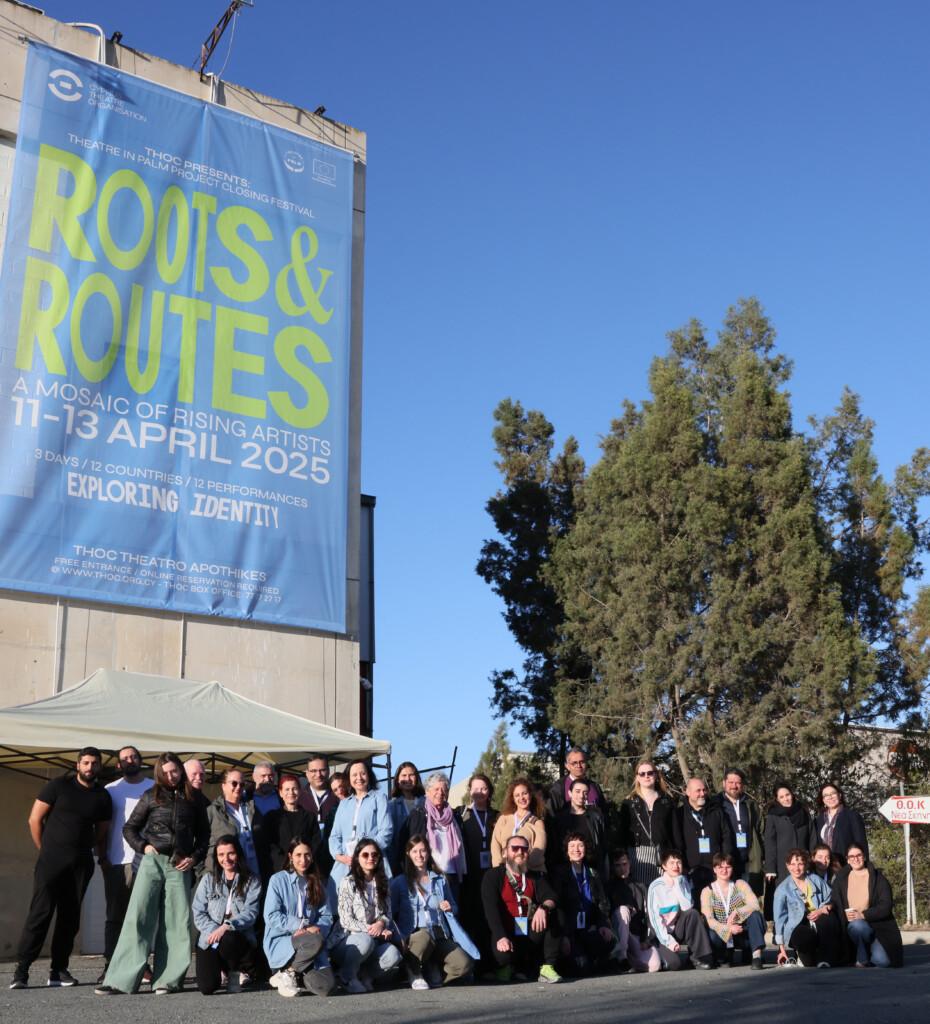Exploring the human essence: an artistic journey in Reggio Emilia
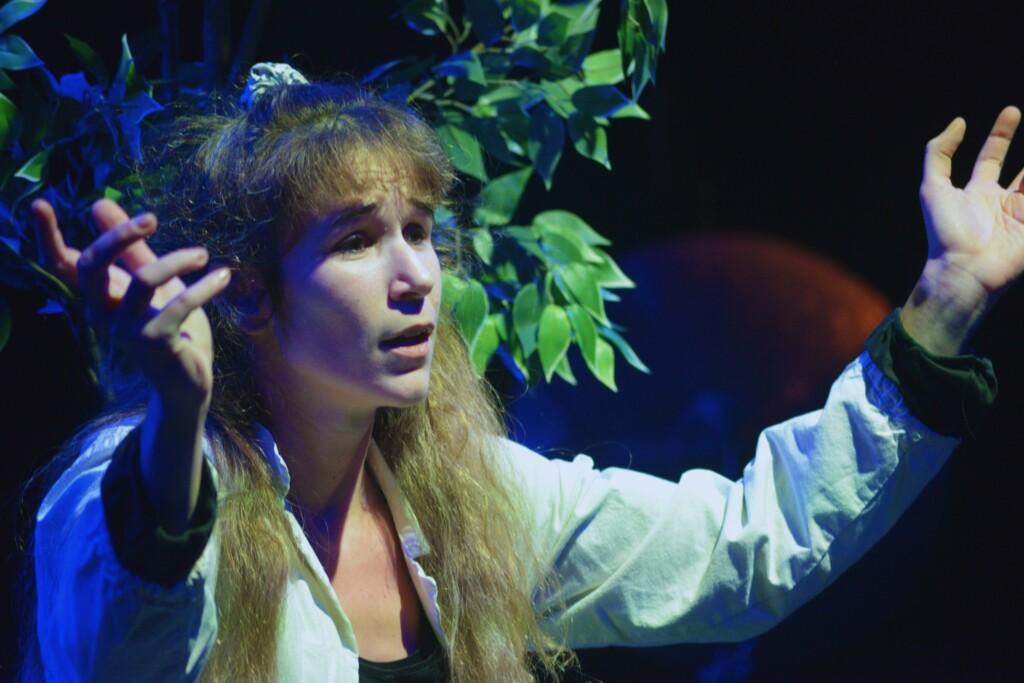
During my residency with Theatre in Palm at Centro Teatrale MaMiMò in Reggio Emilia, I had the opportunity to collaborate as an actor and theatre-maker with four fellow multidisciplinary artists from across Europe—actors, directors and writers. Under the mentorship of Centro Teatrale MaMiMò artists Marco Maccieri, Fabio Banfo and Gabriele Gerets Albanese, we co-created a theatre performance from scratch.
Our journey was both rich and creative. We all aspired to build something beautiful, profound and poetic, yet at the outset, the direction we should take remained open. A simple but thought-provoking task given to us before arriving in Italy played a pivotal role in shaping our initial explorations: we were asked to bring three objects representing the past, the present and the future. This exercise unearthed fascinating discussions on the relativity of time and personal experience of ‘reality’, sparking deep conversations and idea exchanges.
The first week was dedicated to research and development, incorporating a variety of creative methods. We brainstormed themes of personal and collective significance, transformed them into solo mini-performances, analyzed and exchanged ideas, improvised new material, and gradually distilled our focus. By the second week, our efforts coalesced into a theatre piece with a central question: What do we leave behind?
This theme resonated deeply with me, as I had just come from Athens, where I was building a theatre project called Memory / Oblivion, based on the works of Greek writer Dimitris Dimitriadis. That project also explored memory, loss, and the weight of what we choose to preserve and remember or abandon and forget—questions intrinsically linked to time, history and the human experience.
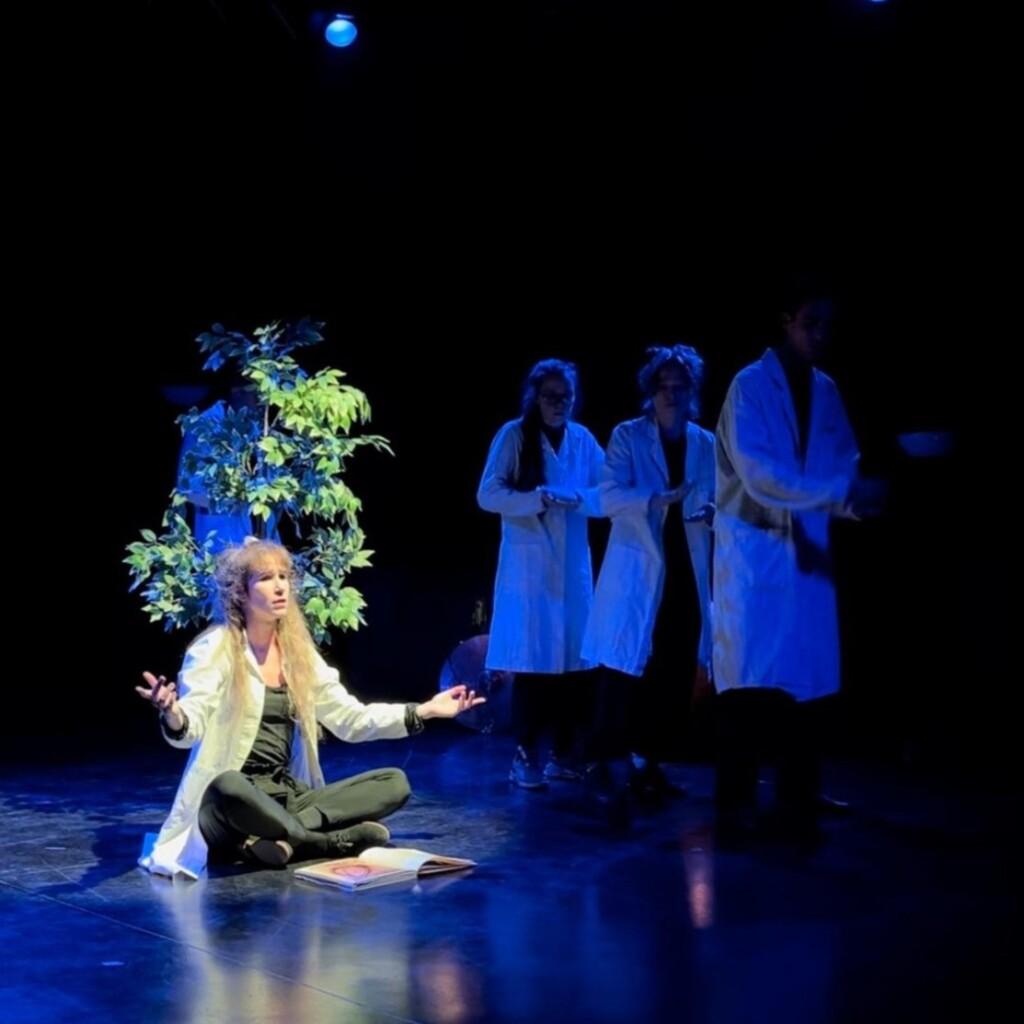

For our final performance in Reggio Emilia, we constructed seven distinct ‘episodes’ revolving around the idea of reconstructing human nature and history through the remnants of its past. In a futuristic setting, we played the role of scientists examining objects left behind after humanity’s disappearance—studying them with curiosity, fear, and wonder, trying to piece together the essence of human existence. We selected seven symbolic objects: a book, a diary, a scroll, a cassette, a veil, a balloon and a plant. Each of these served as a portal into a forgotten world, revealing rituals, songs, personal confessions, and the ever-present tension between our dreams and fears.
Beyond the creative process, the atmosphere of Reggio Emilia and Centro Teatrale MaMiMò played an essential role in shaping this experience. The theatre, housed in a former industrial space, provided vast, high-ceilinged stages that deeply inspired me—especially given my background also in architecture. Rehearsing in these expansive spaces, each with its own unique energy, enriched our theatrical approach and daily practice. The city itself also left a profound impression: its colors, culture, buildings, squares, and markets became part of our daily journey to the theatre, reminding me why I do theatre in the first place—to travel, both internally and externally, to meet new people and places, to exchange stories and ideas, and to create something meaningful together.
Article by Aliki Stenou
